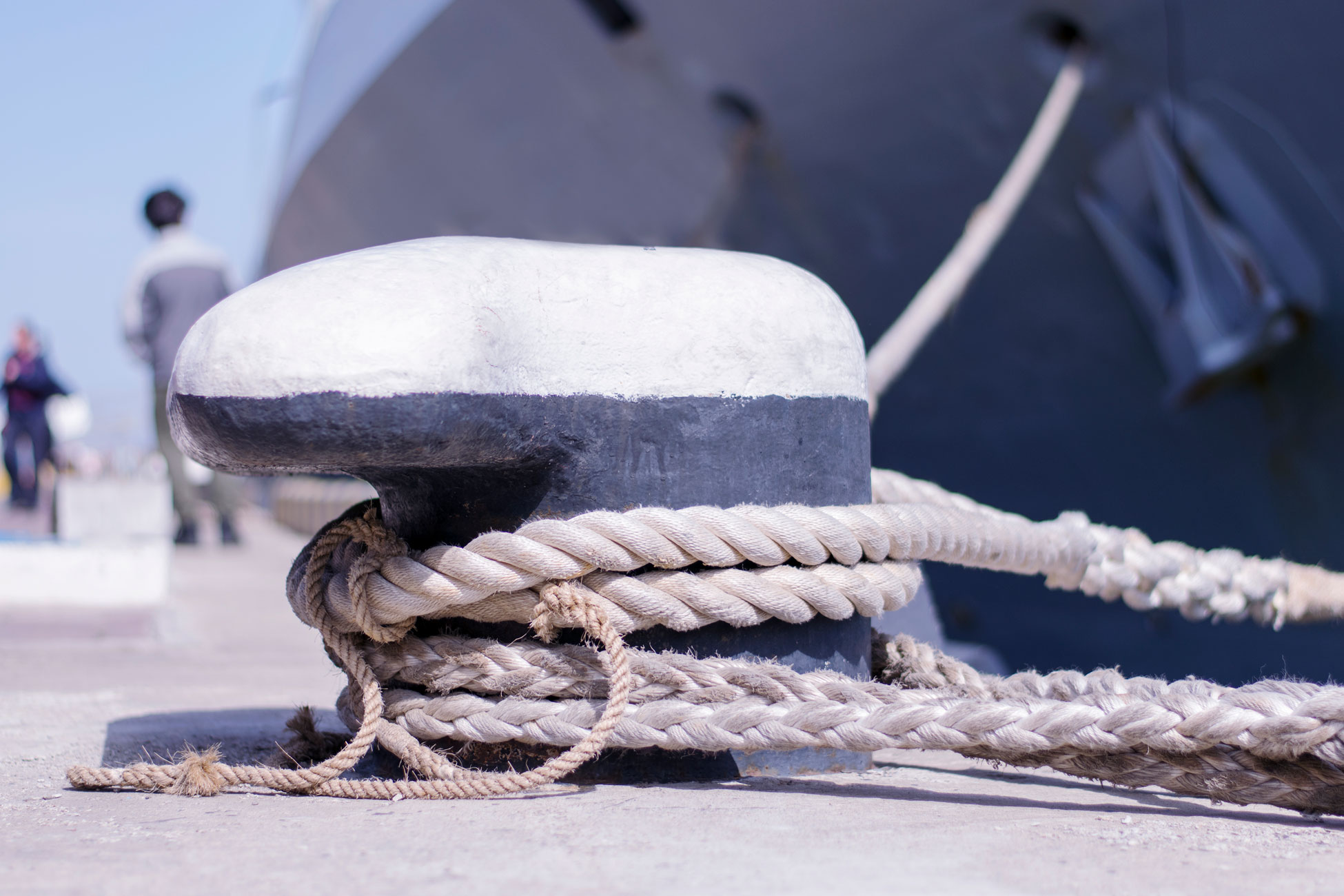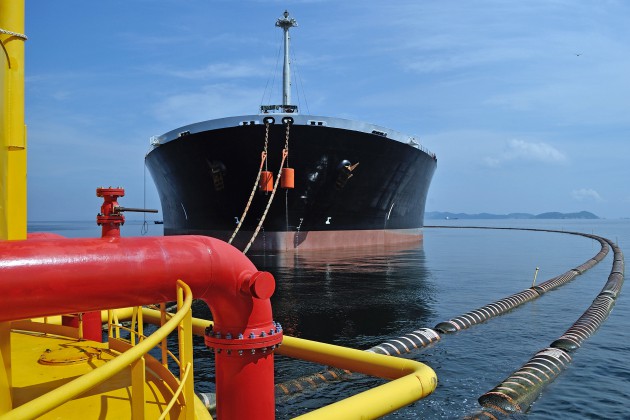There are several mooring systems that share the same purpose, to fix ships in place in the waters so it wouldn’t be buoyed and disturb the process of loading, unloading cargo or other procedures. Another consistent aspect of the mooring system Malaysia regardless of the methods used is that all consist of the same components: a mooring line, anchor and a connector or floatation device. The best method for a ship relies on the environmental situation she is in, including but not limited to waves, wind, and weather. The size must also be taken account of as not every ship allows all or many mooring methods to be effectively deployed.

A single buoy mooring system is used when large vessels cannot reach ports and terminals outside port limits or sheltered anchorages. Anchored onto the sea floor, the mooring line is also connected to a buoy which allows the ship to keep steady relative to the object while swinging at the direction of the wind or sea. Calm seas and low winds are suitable for this method, while the contrary makes the procedure of fixing and unfixing a ship into place difficult.
There is also a more secure version where multiple buoys are used when weather conditions are unfavorable. Affixed to the ship’s stern, their anchors are secured to the bow. Using her engines to move, the ship is then aligned evenly with the buoys and the starboard anchor is only let go once a spot is pre-determined as she drifts headway.
Next, the Mediterranean mooring is deployed when a ship approaches a floating platform or a mooring zone in a port or harbour, also known as sea berths. Once a position is predetermined, engines are used to maneuver the ship as bow anchors are used in sequence when it is approaching the berth. Stern lines are attached as the ship is secured in place by anchor cables.
The running mooring is used in moderate to heavy seas, and takes a shorter time to deploy than the Mediterranean method. The starboard anchor is let go and leads the ship to the mooring platform until it is fixed in position through the release of a port anchor. This leaves little room needed to secure the ship but also reduces swinging.
Moving on, the standing mooring is best used when the ship is sailing through crosswinds as it is difficult to control and position. The port and starboard anchors are deployed at the same time while stern lines secure the vessel from swaying too much.
If two ships are meeting each other to transfer cargo, a ship-to-ship transfer method is used to moor alongside them. Either one of the ships anchors or stops is approached by the other while minimizing the angle of approach. The ship is then turned parallel to the other and reduces the distance between each other through the use of rudder movements and engines. The mooring lines are then passed as planned when they are finally making parallel contact with each other. This method is best deployed when the wind blows either ahead or in small angles to the bow.
